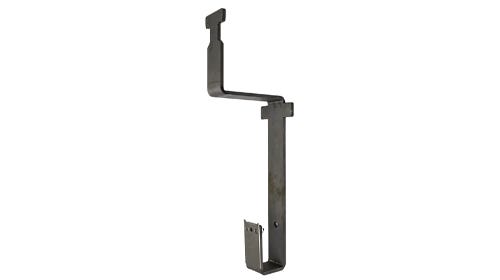Black walnut bucks the economic trends
Black walnut (Juglans nigra) continues its run as the top domestic species. Lumber dealers are reporting sales at an all-time high. “Walnut sales have been incredibly brisk for the last…
Black walnut (Juglans nigra) continues its run as the top domestic species. Lumber dealers are reporting sales at an all-time high.
“Walnut sales have been incredibly brisk for the last three to four years. As fast as we can dry the high-quality pieces, we can sell them,” says Rick Hearne of Hearne Hardwoods in Oxford, Pa. “About 30 years ago, an old lumber guy who had seen walnut sales in large cycles over the years told me that in hard times dark woods are favored and, in good times, light woods are favored. Maybe it has something to do with people’s moods. It was just an observation he had made.
“Things are cyclical. Designers and architects can’t justify jobs if they show only one look. Woods will get hot, and then people will need to have a different look. They need some sort of a change just to keep the designs fresh.”
Dewey Powers of Powers Hardwoods in Angola, Ind., says walnut has been one of the few bright spots in a difficult domestic market.
“For years, I sold very little walnut. Now the price has jumped up and I’ve been selling a lot more. Apparently, dark is in with new home construction, and that’s what basically drives the market and the popularity, along with the trends the people read in magazines. Personally it’s not a preference of mine, but it obviously is to a lot of people.”
Black walnut trees reach heights up to 100’ with diameters of 3’ to 4’. The sapwood is nearly white, while the heartwood is brown to chocolate-brown. Walnut is often steamed at a mill or kiln to darken the color of the sapwood to match the color of the heartwood. Walnut represents about 5 percent of U.S. hardwoods.
The wood is straight-grained, although occasionally wavy and irregular. Walnut produces a large variety of figure, including crotch, stripe, ribbon, mottle, swirls and occasionally burls. The wood is moderately dense, but strong in relation to its weight. Black walnut works well with hand- and power tools, holds nails and screws satisfactorily and glues without a problem.
But not all is rosy in the walnut world as the thousand canker disease has become a major threat. First discovered in New Mexico in 2001, widespread death of black walnut trees has been reported in many Western states during the last decade. It was found in Tennessee in 2010, raising concerns that the disease will spread through Eastern forests.
An infested tree usually dies within three years of initial symptoms that include branch mortality, numerous small cankers on branches and the bole, and evidence of tiny bark beetles. The earliest symptom is yellowing foliage that progresses rapidly to brown wilted foliage and finally branch mortality.
“The [walnut twig] beetle will bore through the bark. It carries fungus that destroys the cambium of the tree, depriving it of nutrients. This is similar to what happened to the American chestnut and butternut. There are now several counties of Pennsylvania where it’s quarantined. It’s not affecting us yet because we process our lumber very slowly,” says Hearne.
Retail quotes for 4/4 FAS black walnut range from $4.92 to $5.50/bf.
This article originally appeared in the March 2012 issue.







